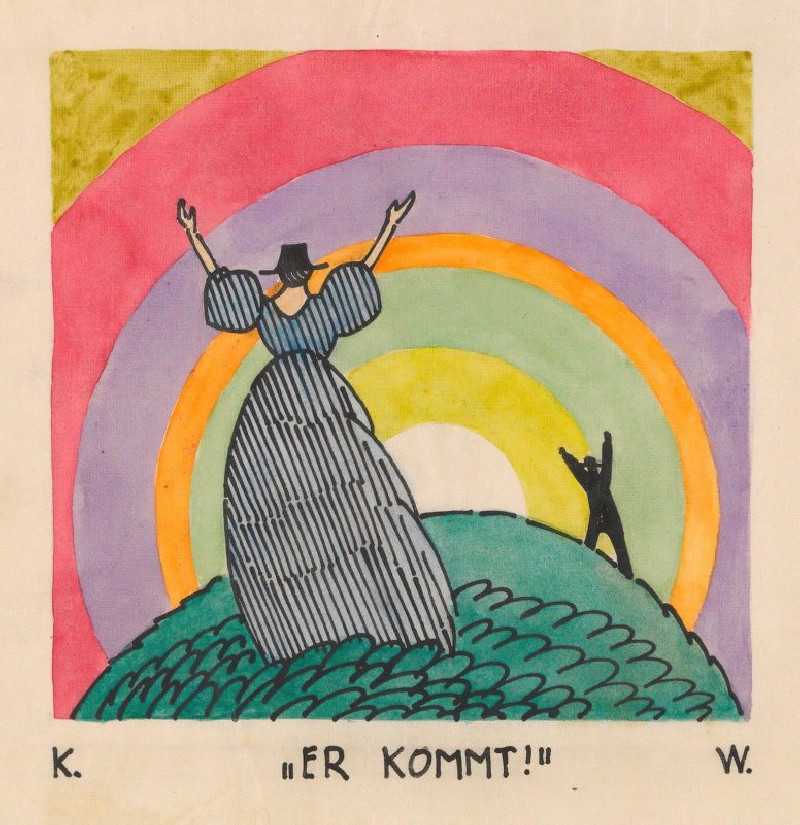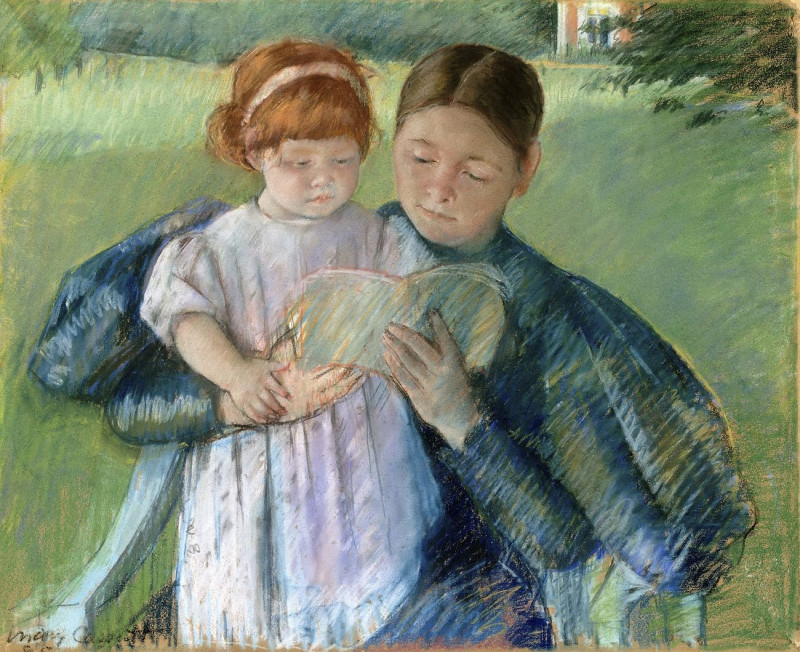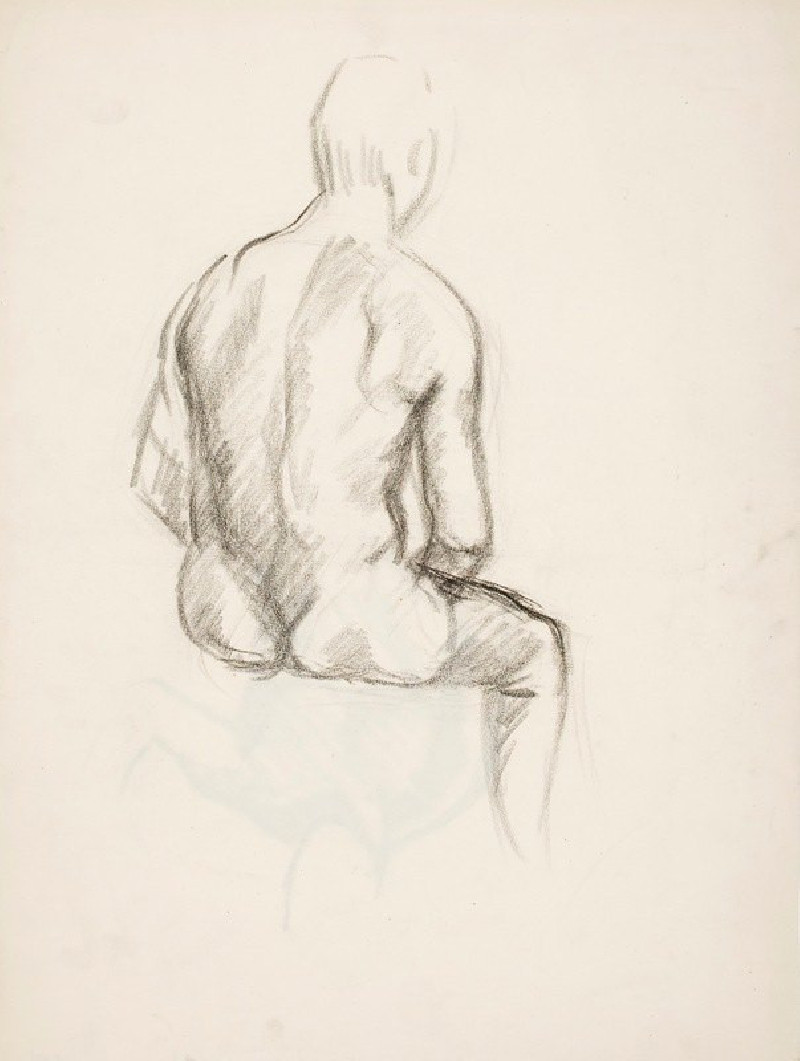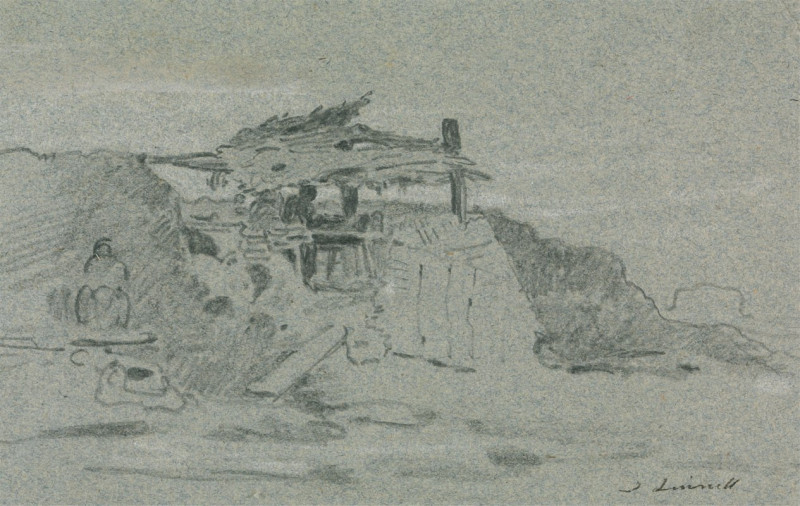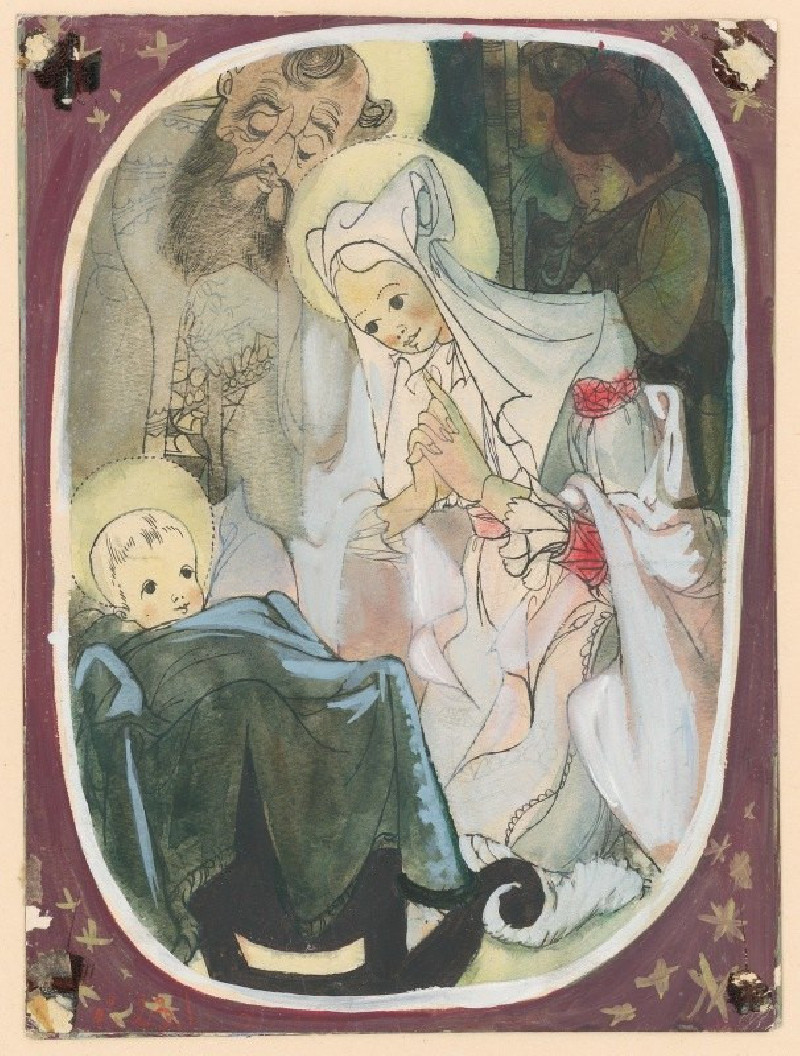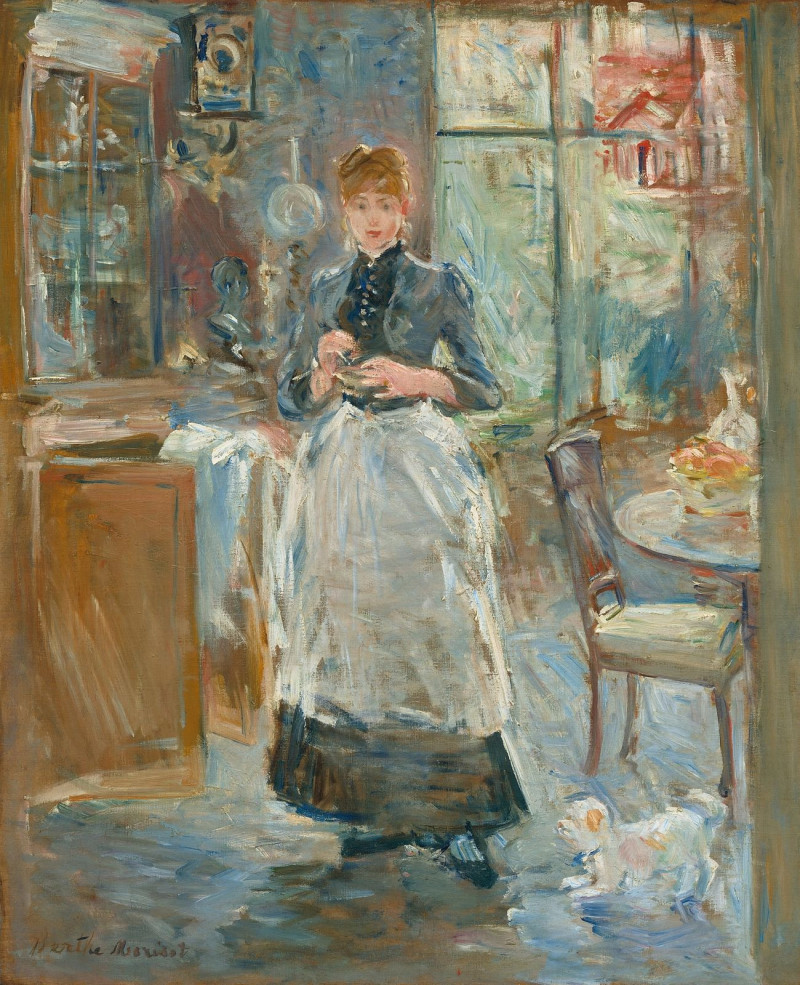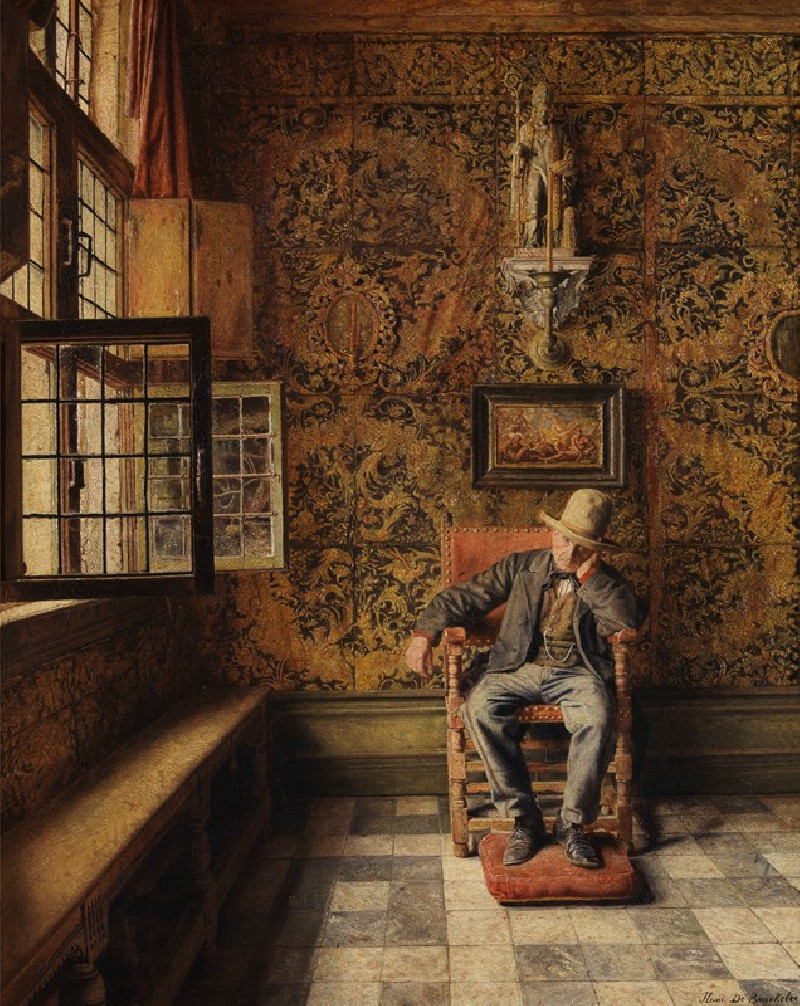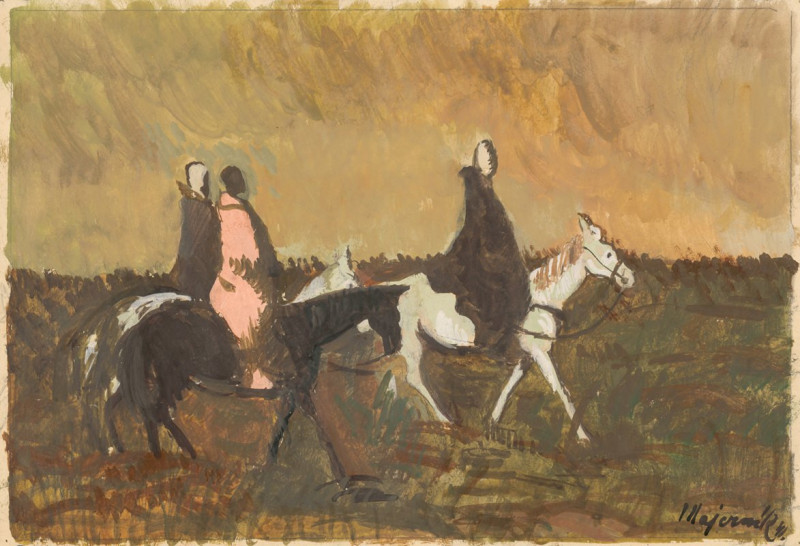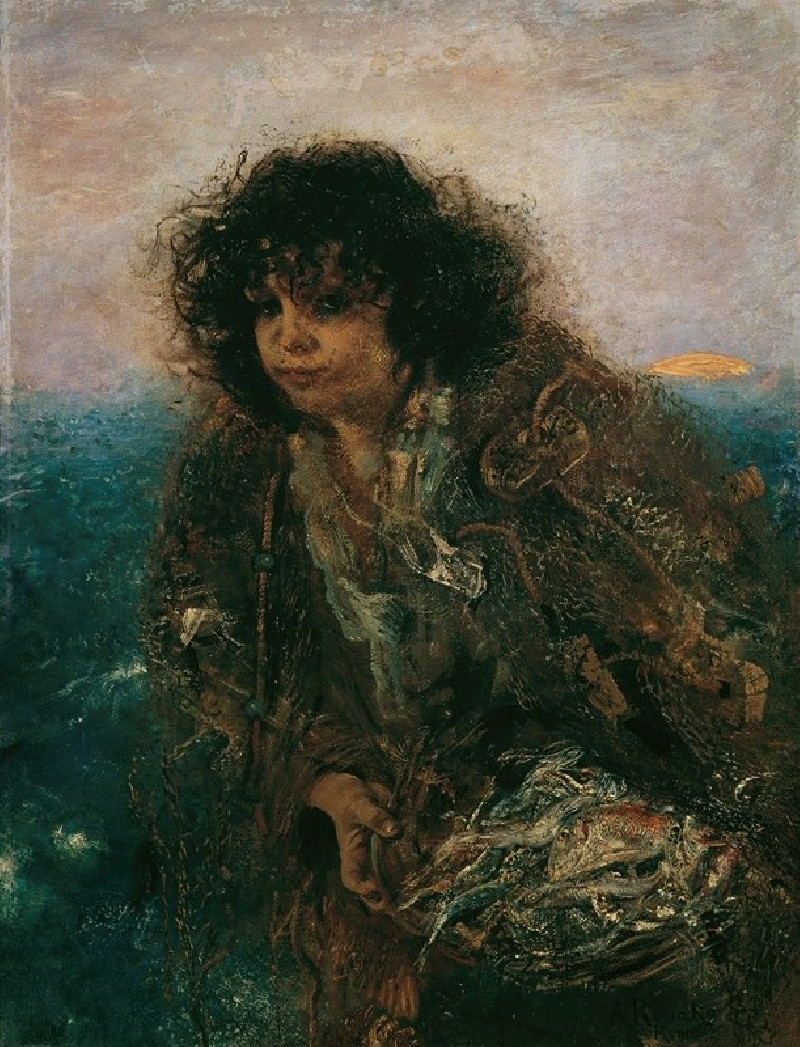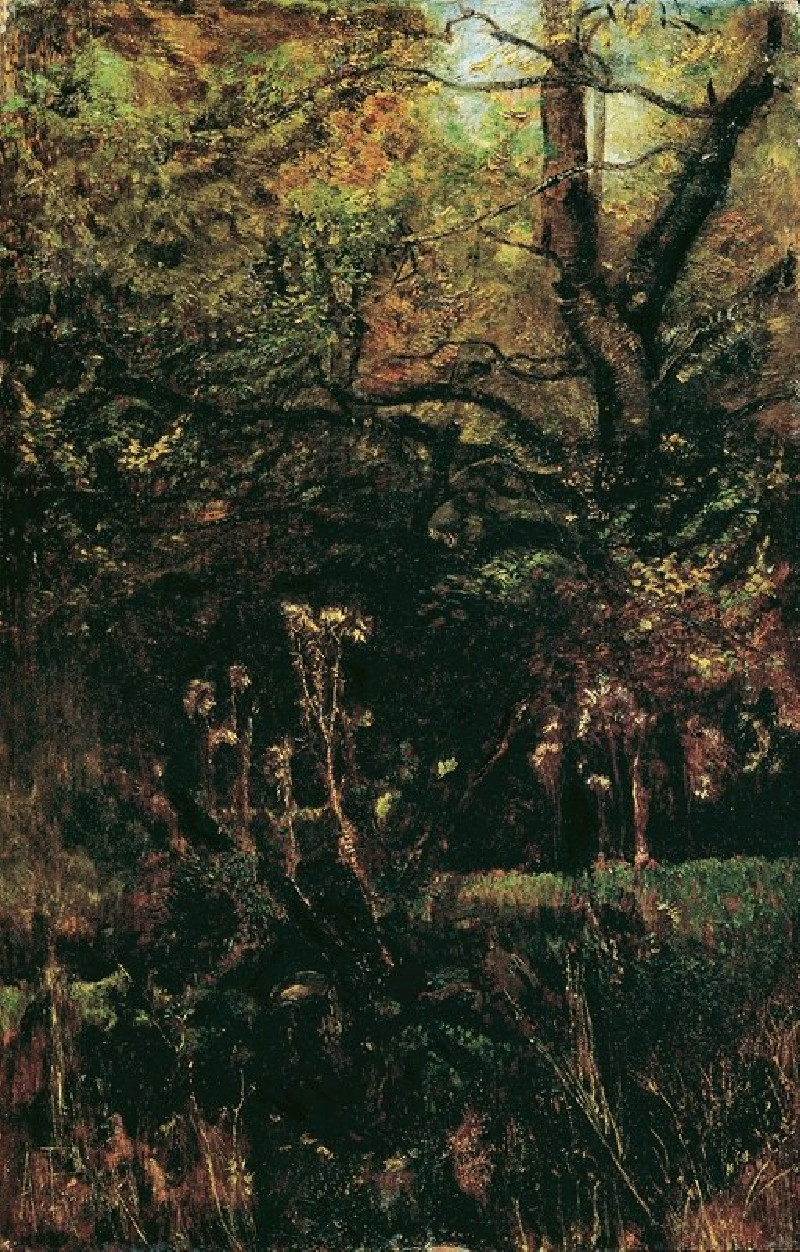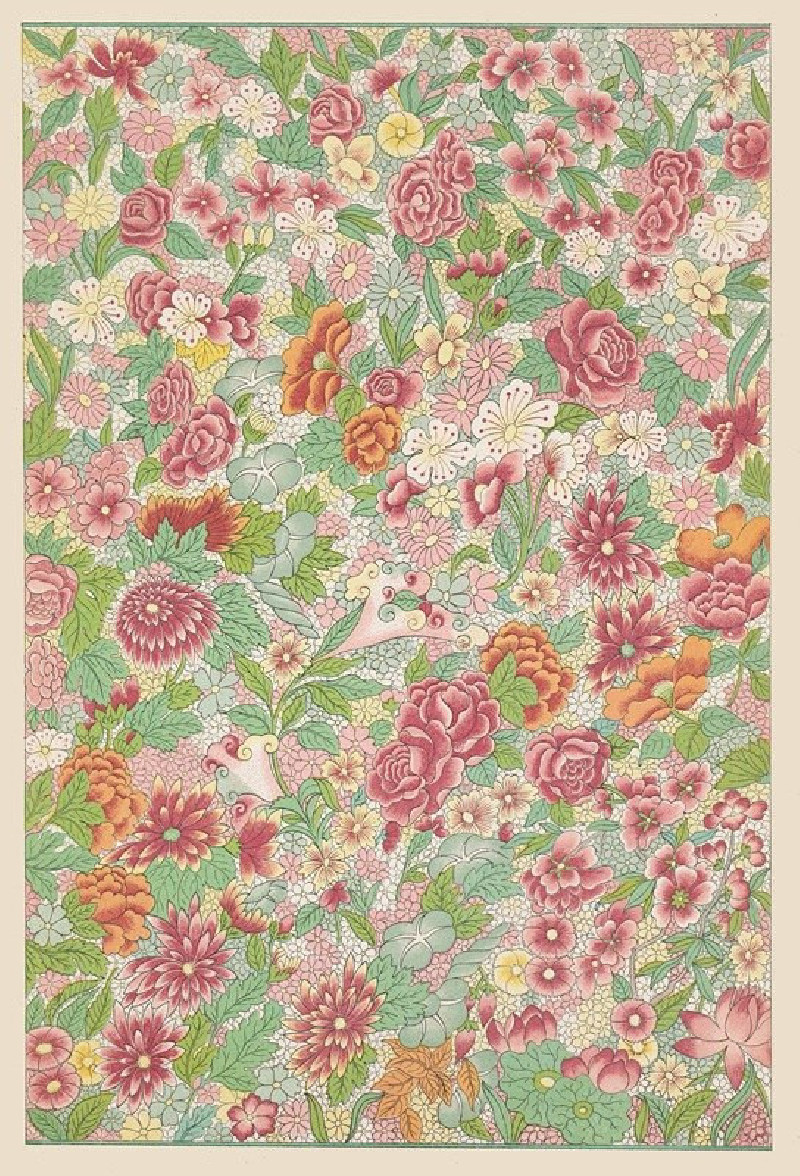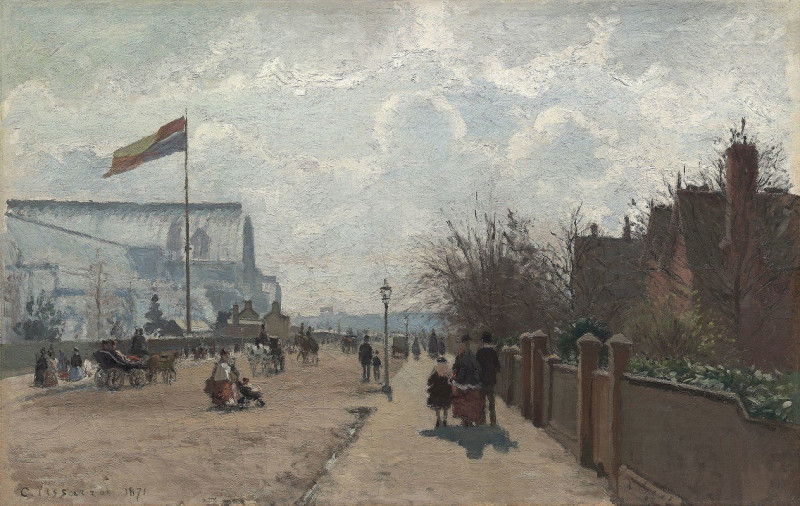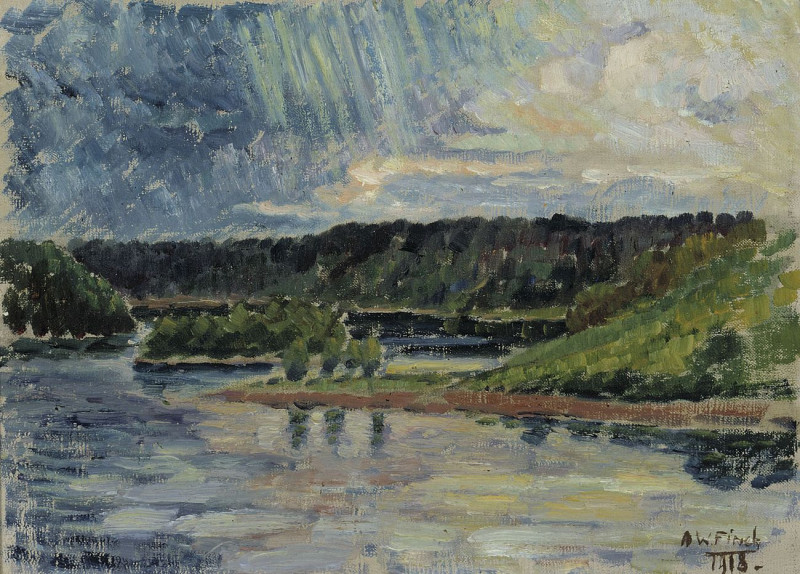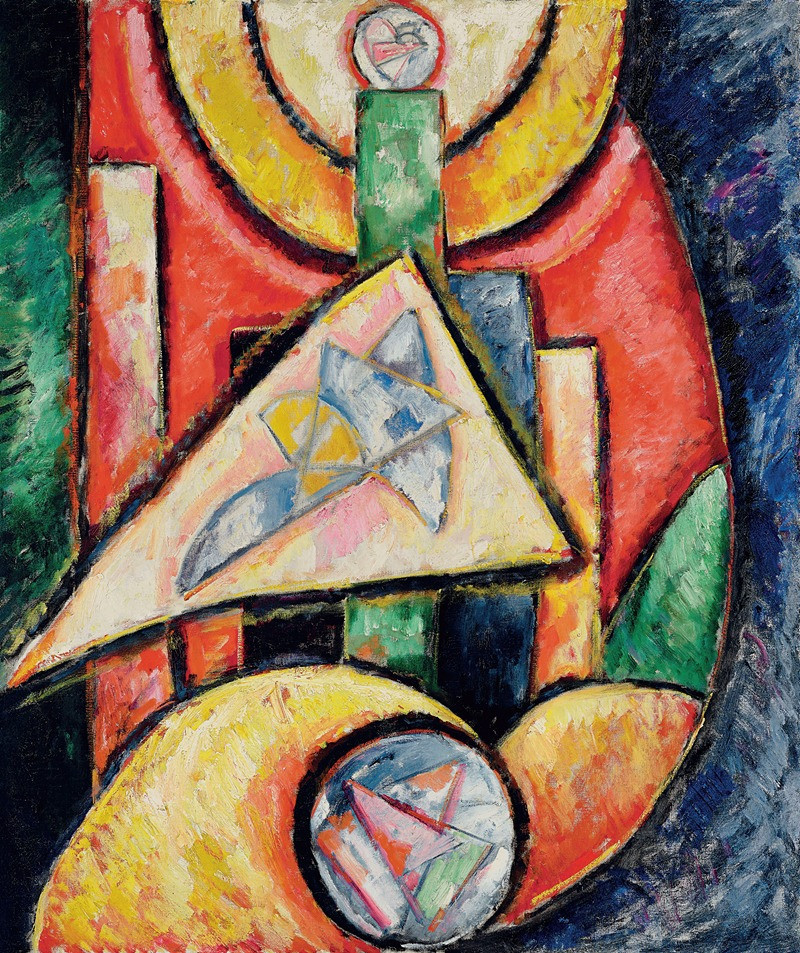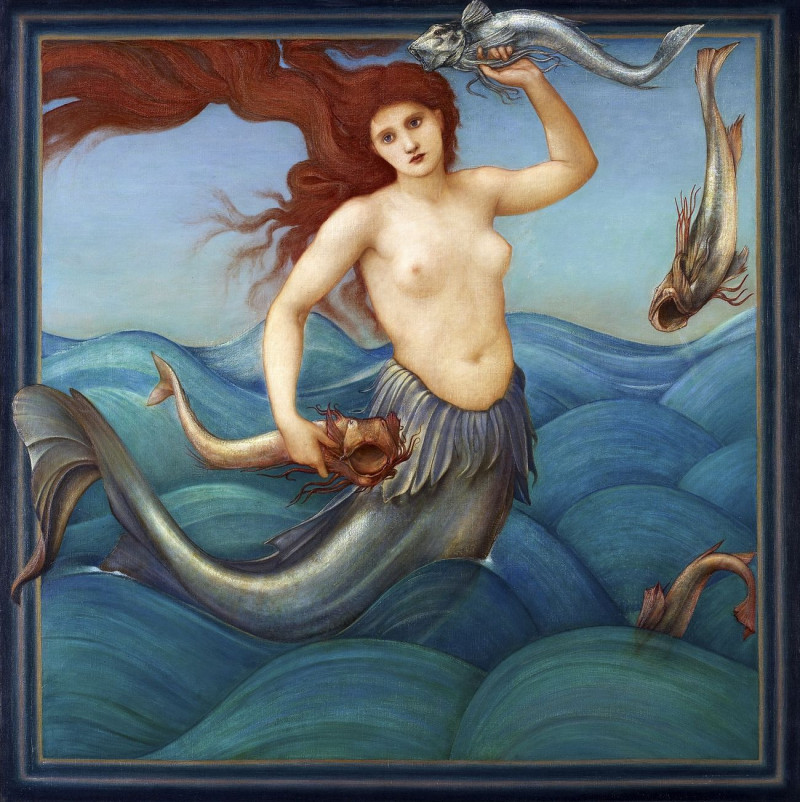Er kommt! (around 1921)
Technique: Giclée quality print
Recommended by our customers
More about this artwork
Karl Wiener's vibrant painting, "Er kommt!" (He's coming!), created around 1921, captures a moment of joyful anticipation. The artwork features two central figures set against a vividly colored rainbow stretching across the backdrop. One figure, a woman, stands expansively with her arms raised towards the sky, her silhouette forming a bold contrast against the multi-hued arch. Beside her, a smaller figure, possibly a child or a pet, mirrors her excitement with an upward gesture.The simplicity of the forms emphasizes the feeling of expectancy and exhilaration conveyed by the scene. The bright, overlapping colors of the rainbow create a sense of depth and lead the viewer's eye across the composition, enhancing the artwork's dynamic feel.The use of bold lines and flat areas of color are reminiscent of folk art and expressionism, styles known for their emotional impact and visual immediacy. “Er kommt!” is an evocative piece that serves not only as a representation of personal joy but also symbolizes a universal sense of hope and expectation.

